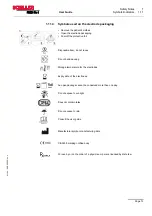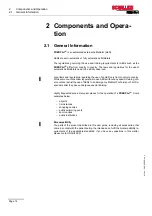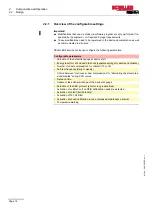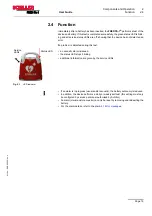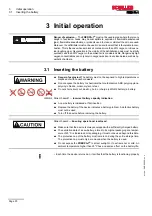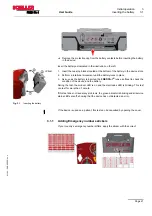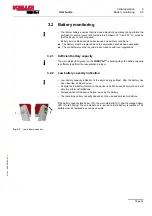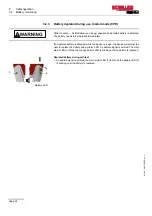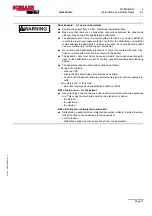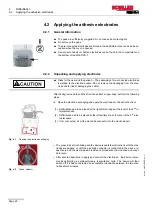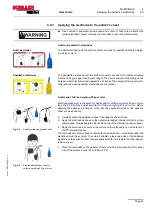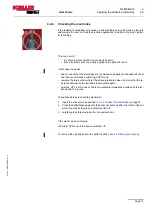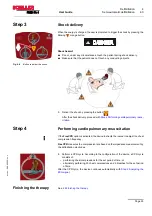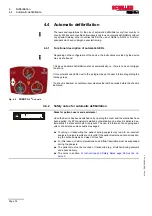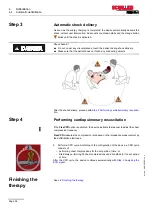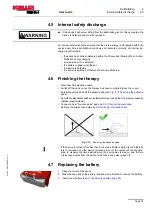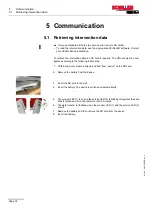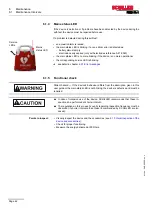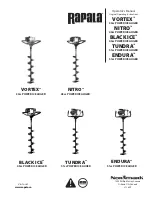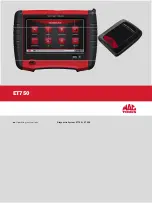
Shock hazard
—
for user and assistants
Position the patient flat on a firm, electrically insulated surface.
Make sure that there are no conductive connections between the patient and
other persons during ECG analysis and defibrillation.
The patient must not come into contact with metal parts, e.g. a bed or stretcher,
in order to prevent secondary contacts or paths for the defibrillation current that
could endanger the assistants. For the same reason, do not position the patient
on a wet surface (rain, swimming pool accidents).
Do not allow the defibrillation electrodes to come into contact with other elec-
trodes or metal parts which are in contact with the patient.
The patient's chest must be dry because moisture can cause unwanted path-
ways for the defibrillation current. For safety, wipe off flammable skin cleansing
agents.
The assistants' tasks must be clearly defined as follows:
• During ECG analysis:
– suspend CPR,
– ensure that the patient lies as motionless as possible,
– do not touch the patient, otherwise, artefacts may lead to incorrect analysis re-
sults.
• Immediately prior to the shock:
– stop chest compressions and artificial respiration (CPR),
Risk of skin burns — for the patient
Due to the high currents, there is a risk of skin burns at the electrode application
site. This is why the electrodes must not be placed on or above:
– the sternum,
– the clavicle or,
– the nipples.
Risk of malfunction of implanted pacemaker!
Defibrillating a patient with an implanted pacemaker is likely to impair the pace-
maker function or cause damage to the pacemaker.
For this reason:
– defibrillation pads must not be positioned near the pacemaker,
Page 27
Defibrillation
4
User Guide
Instructions and Safety Notes
4.1
A
rt.
no.
: 0-4
8-02
40 Rev. c
FRED PA-1

